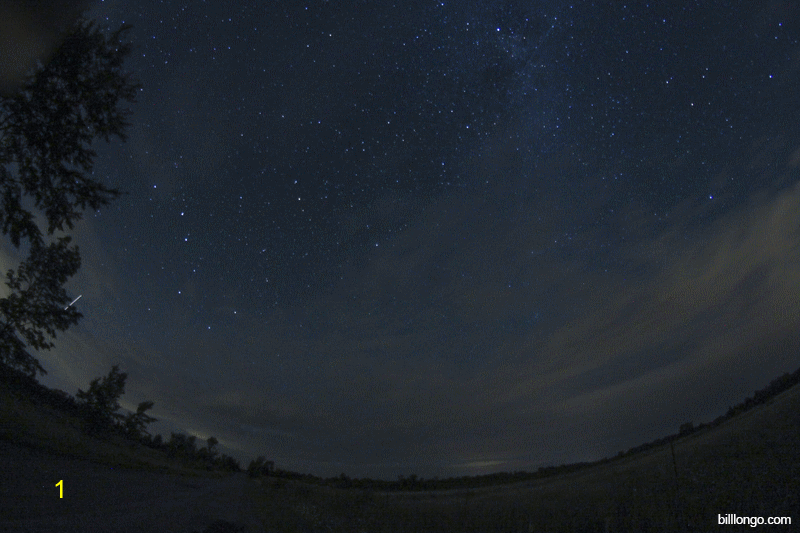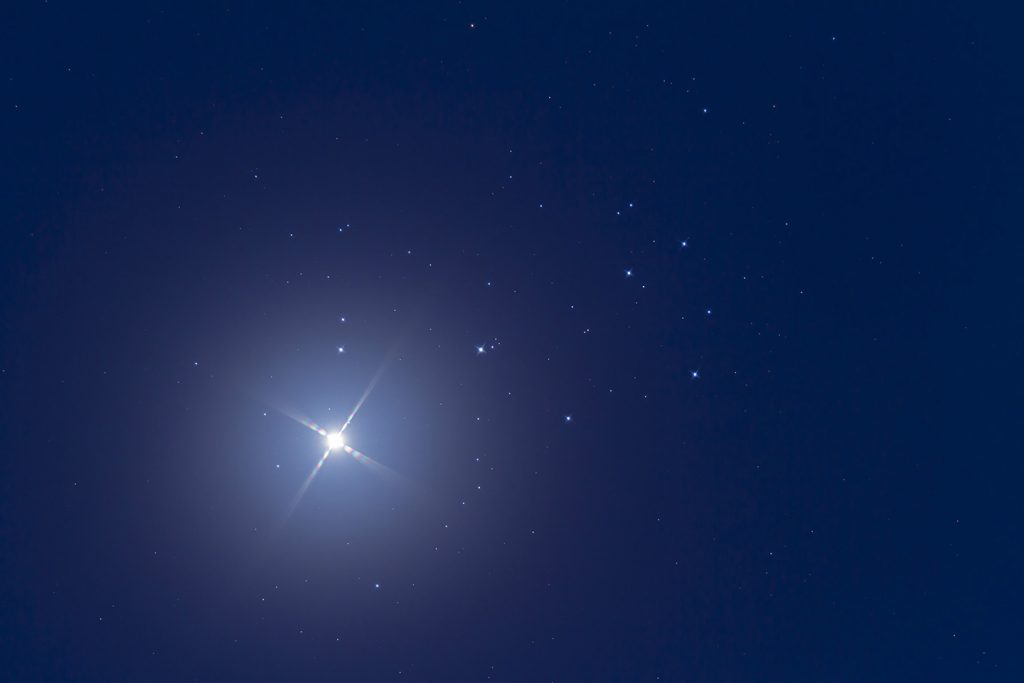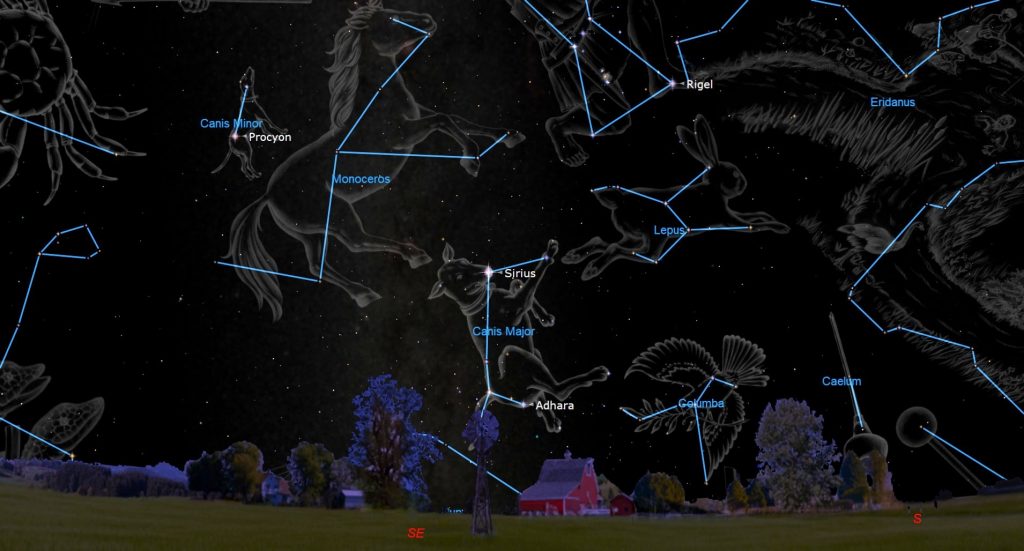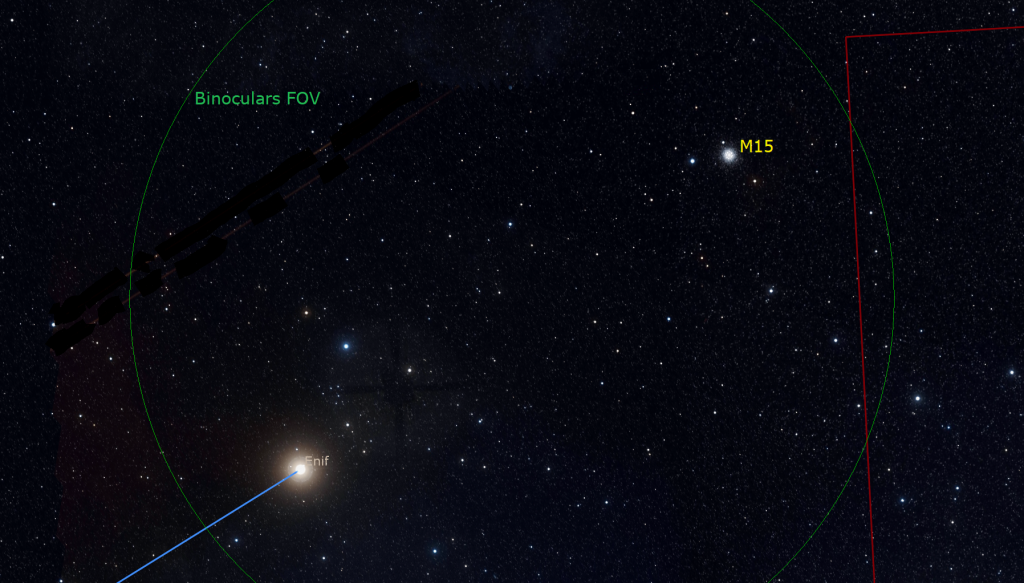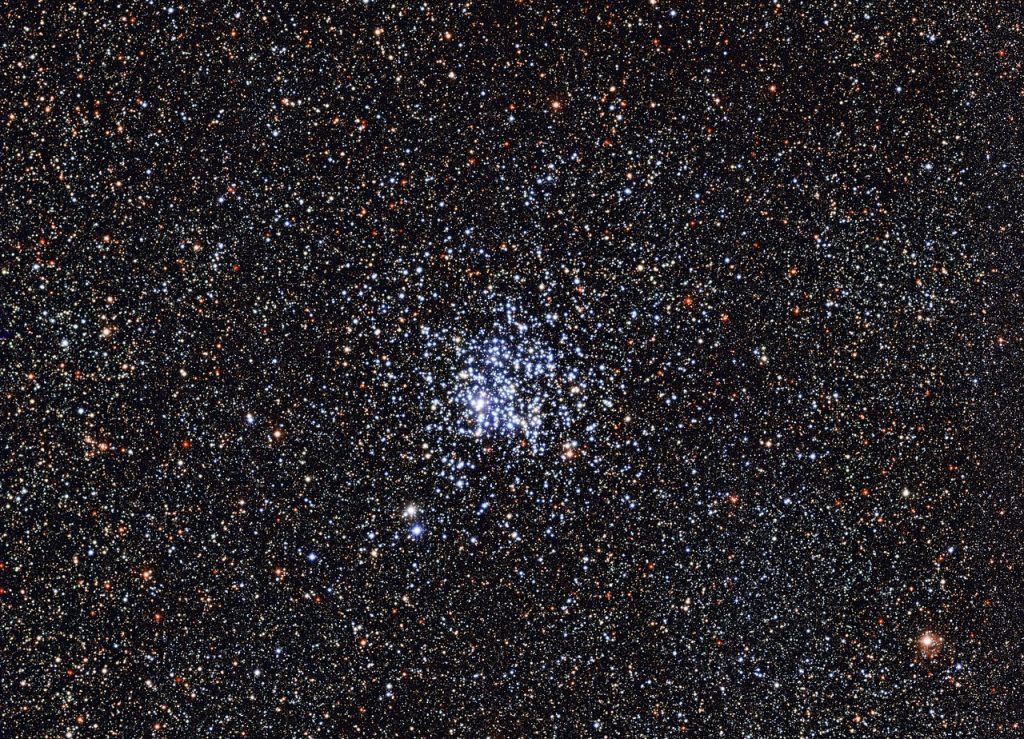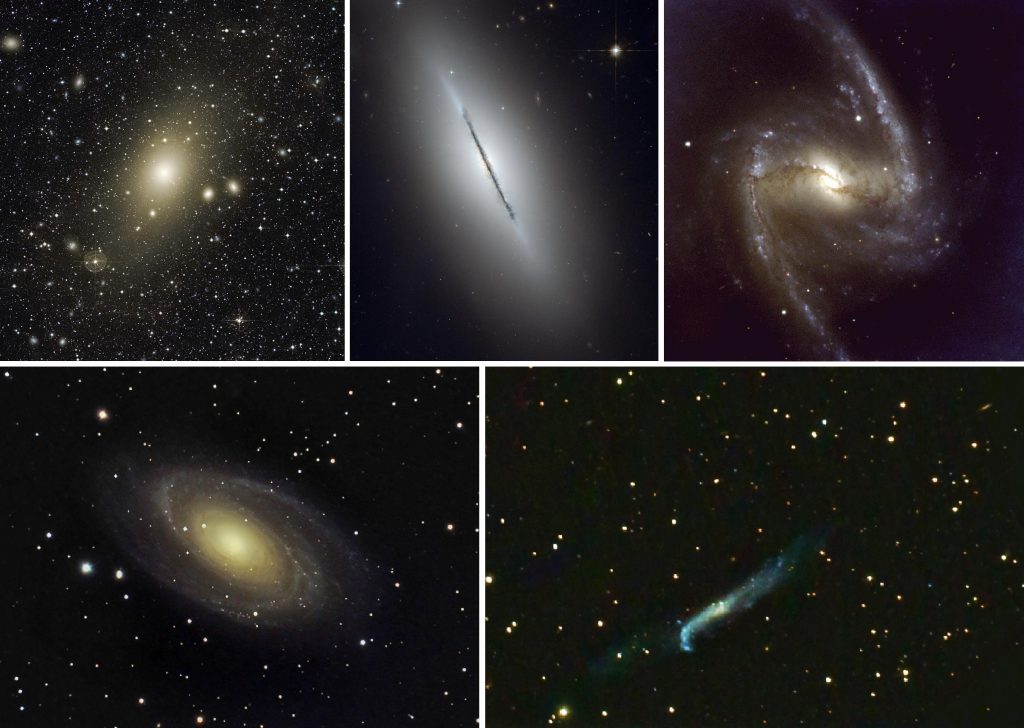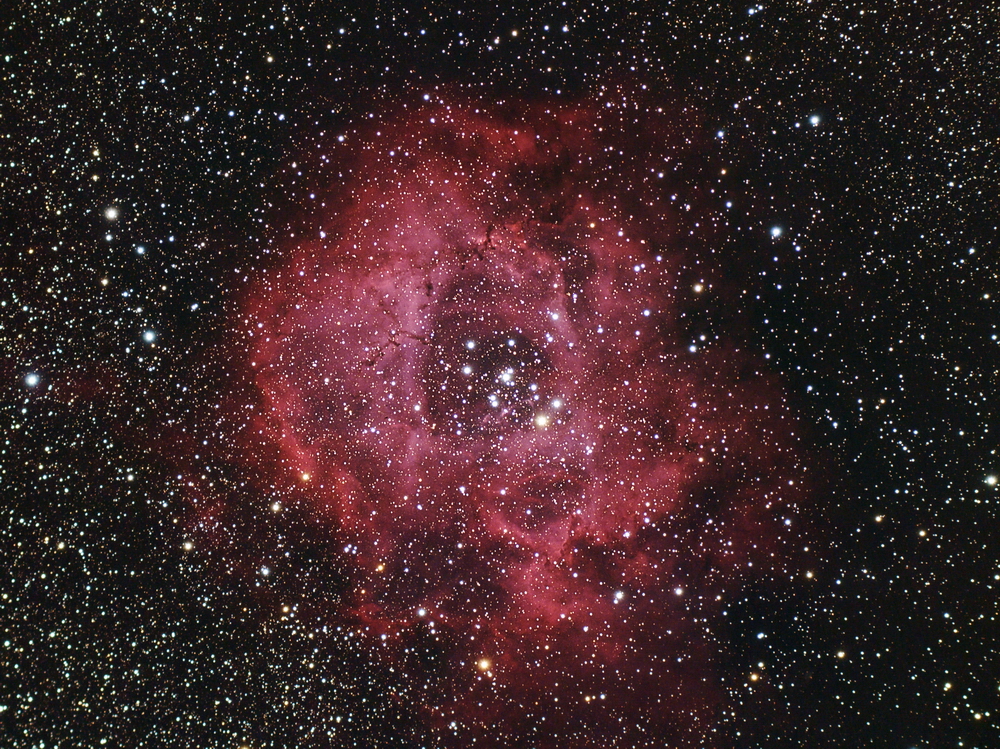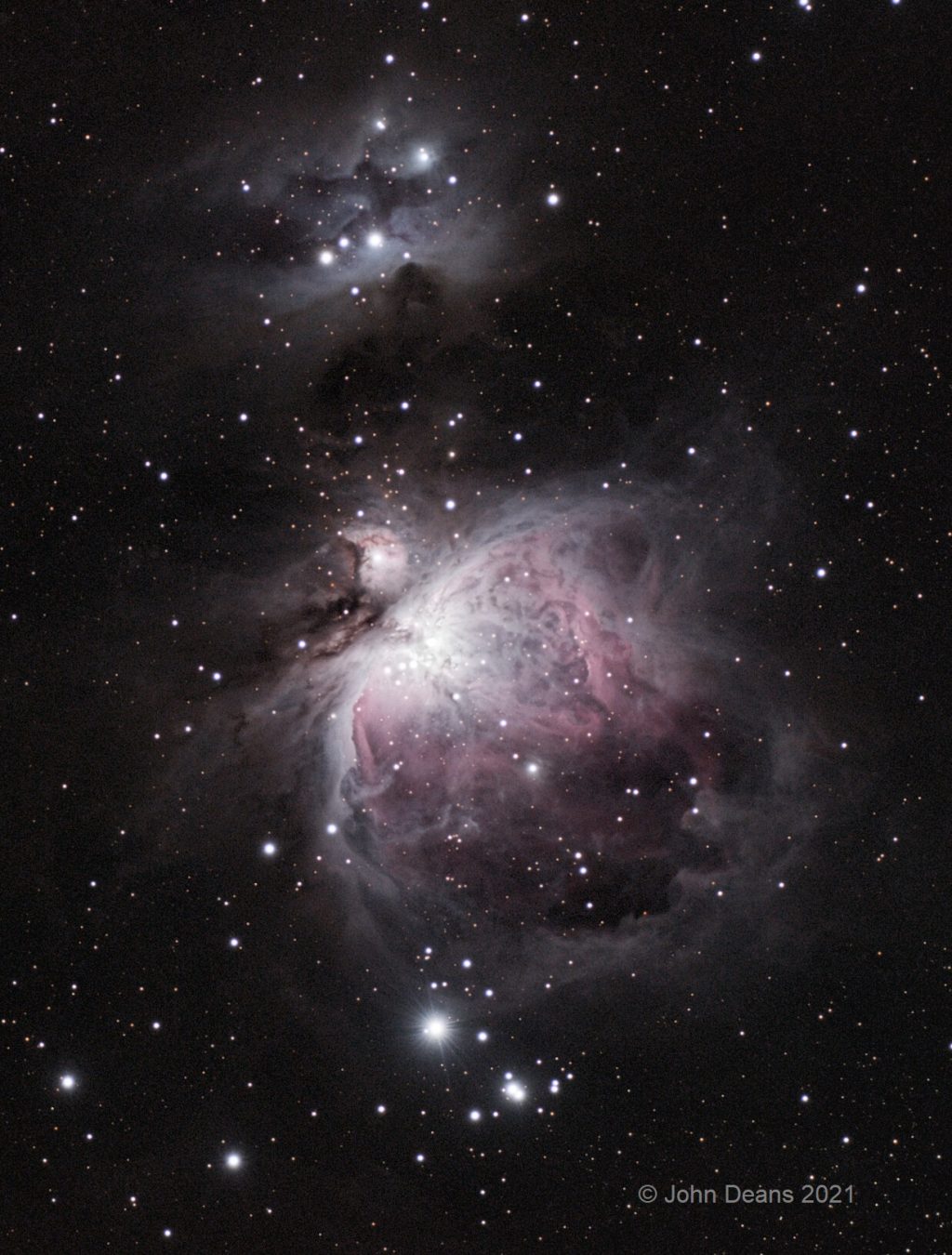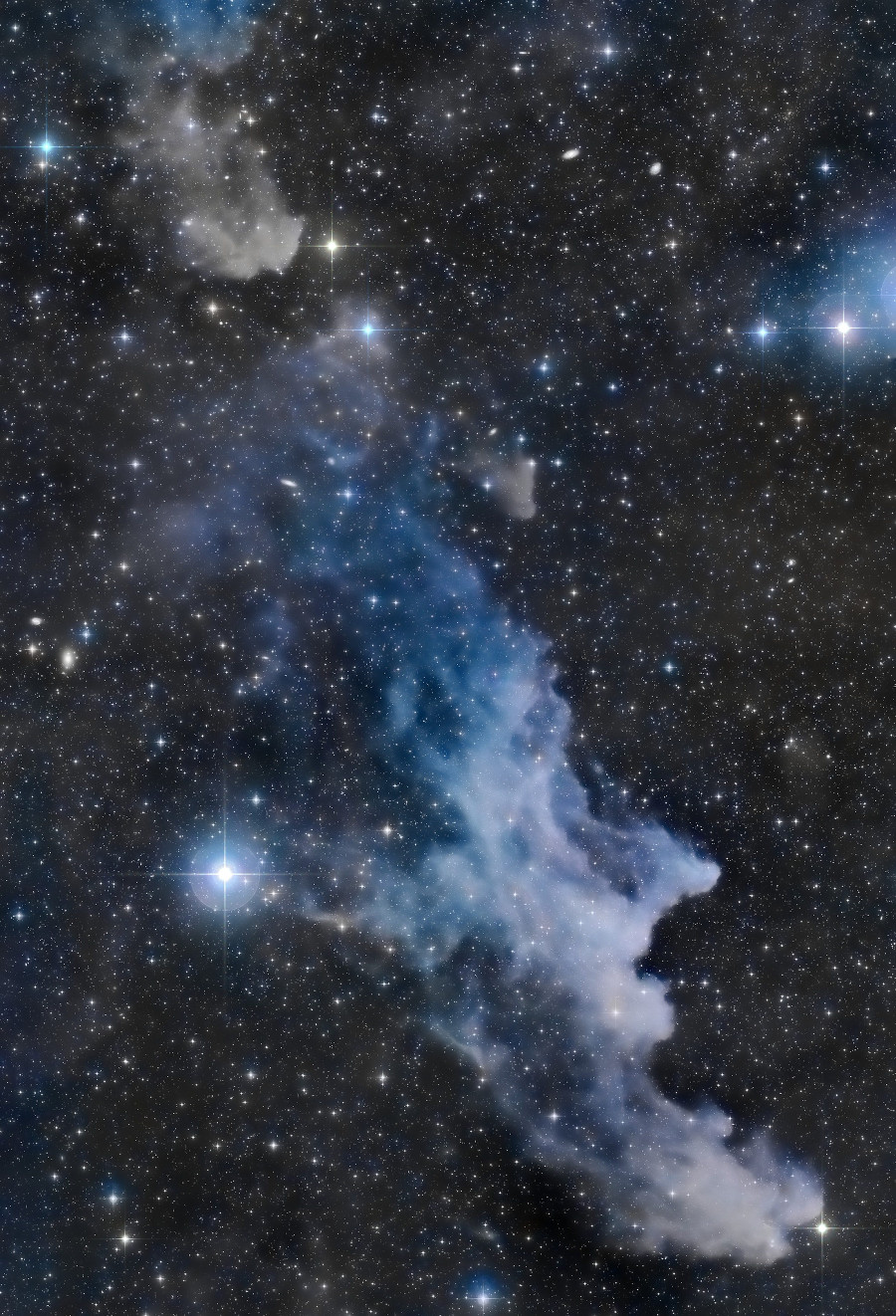The Mid-summer Waning Morning Moon Promotes Perusing of Perseids and Looking at Lyra!
Bill Longo of Toronto captured this amazing sequence of images on August 15, 2014. The International Space Station climbs the sky through the Big Dipper at left, while a Perseids meteor briefly streaks across the sky at right. Hello, Meteor Lovers! Here are your Astronomy Skylights for the week of August 6th, 2023 by Chris…
Read more
